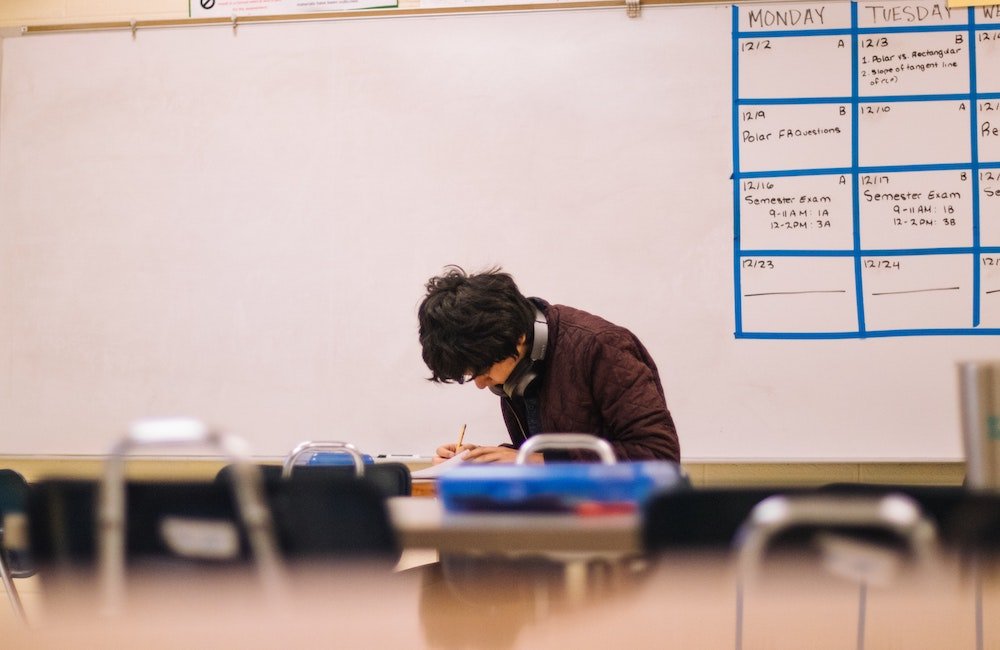The Crash of Public Schools
An Educated Guess About The Future of Education
Some pandemic trends are proving to be “sticky” in our post-pandemic era. One example is the continuing rapid decline in public school attendance that will surely have an impact on the future of American education.
While several states are losing their overall population base which contributes to public school declines (MI and NH, for example), a more universal disenfranchisement with the education system is creating other seismic enrollment shifts. Home schooling has doubled over the past 10 years to 5 million and private and charter schools are also gaining students — both at the expense of public schools.
The uncertainties of the pandemic resulted in flip-flopping policies across many public school districts between 2020 - 2022. Rapid policy changes about when students should be in physical school versus remote settings not only caused a learning deficit among students, but also increased frustration levels forcing many parents to rethink how and where their children should be educated. Teacher and staff shortages exacerbated the issue and will likely continue (especially as boomers age out of the work force).
The Wall Street Journal reports that public schools lost over a million students during pandemic years and that: "The school board in Jefferson County, Colo., outside Denver, voted in November to close 16 schools. St. Paul, Minn., last summer closed five schools. The Oakland, Calif., school board last February voted to close seven schools after years of declining enrollment and financial strife." These closures will have widespread impact across the country — most severely in regions with fewer available education options.
Even as the pandemic comes to an end, the federal government estimates public school enrollment is expected to drop further - perhaps to 47.3 million by 2030 from the current enrollment of 49.4 million today.
So, now what?
A well-educated population has been a hallmark of American democracy over the past 200 years since free public education became widespread. So, how will this pillar of the American dream evolve in the future? Many of our brightest thinkers today are looking at the accelerating shifts in enrollment (and many other inputs) as an opportunity to rethink education in America.
One starting point for conversation may be a recently released report by Populace showcasing the desires and interests of Americans about what they want and expect from the US Education System. A key finding from the report is eye opening: Getting kids ready for college has moved from a #10 priority before the pandemic to a #47 today. The announcement by Democratic Pennsylvania Gov. Josh Shapiro (just last week) removing the four-year degree requirement for most state government jobs appears to be a perfect reflection of this new shift in attitudes about the changing role of education in America.
The Populace report also points out that parents are exhausted after multiple years of varying Covid protocols and are looking at schools to simply prepare students to think for themselves, learn for themselves and find a career with purpose. The study also reports a desire by parents for their kids to learn practical skills like personal finance as well as improve their character by building honesty, kindness, empathy and integrity.
Add to that the very practical skills of creative thinking and imagination and we just might have a formula to put the future of education back on track. The need for educating a more creative workforce is not a new idea. In fact, another Harvard Review article from just last week reminds us that the “One island of stability in the sea of conversation about the future of work is the conviction that our jobs will become increasingly creative.” It’s become 100% critical to include creativity as a core competency for a well-educated population. Building creative thinking and imagination will need to be fully integrated within public and private education systems across all ages.
In summary: It’s time to reinvent education. Don’t seek purely to place kids into college. Refocus on teaching students to think for themselves and love learning. In addition to character building — put the highest priority on teaching creativity skills and strengthening the power of imagination.
